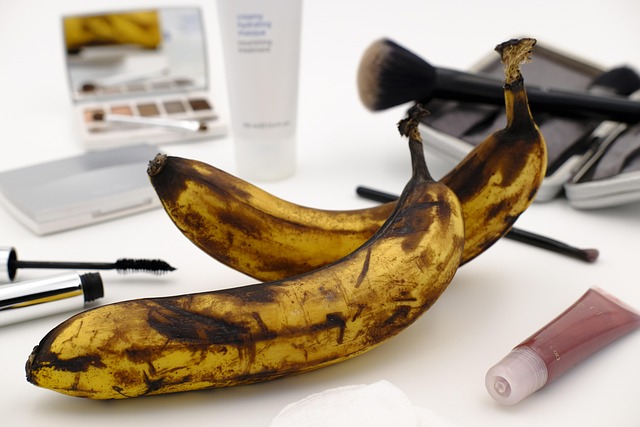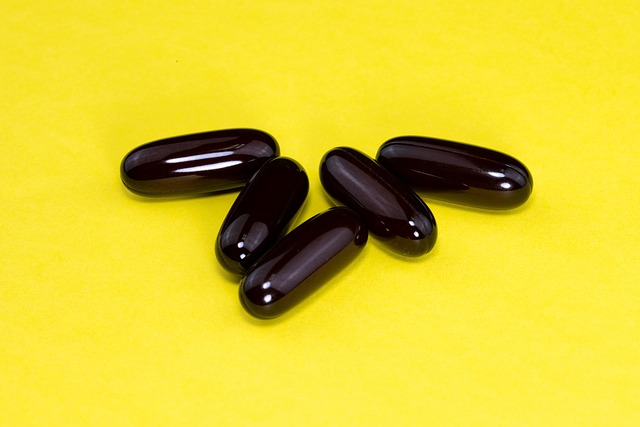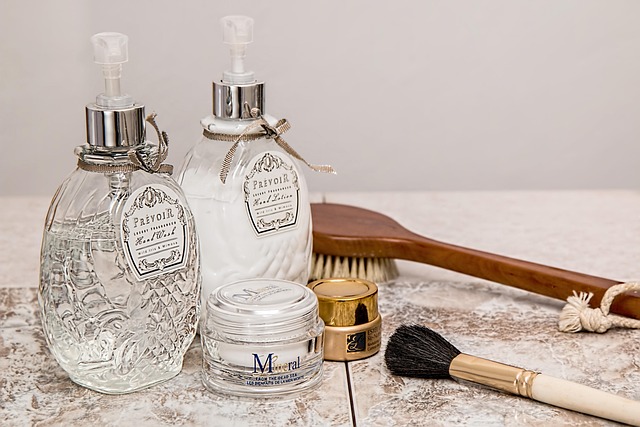Injectable wrinkle treatments, including Botox and dermal fillers, are popular anti-aging solutions that stimulate collagen production and improve skin elasticity without surgery. During a consultation, dermatologists assess individual skin needs and recommend suitable injections, with results lasting several months. These treatments, such as Botox for muscle paralysis and fillers for volume addition, offer immediate and long-lasting results, addressing diverse skin concerns effectively while minimizing risks with proper professional guidance and post-injection care.
“Uncover the world of injectable wrinkle treatments, a popular choice for those seeking effective anti-aging solutions. This comprehensive guide delves into the fundamentals, exploring how these innovative procedures work and their growing popularity in the beauty industry. From understanding the various types of injectables to deciphering their scientific basis, we break down everything you need to know. Learn about the benefits, potential risks, and crucial factors for choosing the right treatment. Discover the art of maintaining results and ensuring optimal post-injection care.”
Understanding Injectable Wrinkle Treatments: The Basics

Injectable wrinkle treatments have emerged as a popular anti-aging solution, offering a non-surgical alternative to combat fine lines and wrinkles. These procedures involve injecting various substances directly into the skin to stimulate collagen production, improve skin elasticity, and reduce the appearance of aging. The most common types include Botox, which temporarily paralyzes muscles responsible for wrinkling, and dermal fillers, which add volume and plumpness to the skin.
Understanding how these treatments work is crucial in making an informed decision. During a consultation, dermatologists or qualified healthcare providers will assess your skin’s needs and determine the most suitable injection. After the injection, the body responds by activating its natural healing process, leading to enhanced collagen production and improved skin texture. Results typically appear within days to weeks, providing a more youthful appearance that can last for several months, depending on the product used.
Types of Injectables for Anti-Aging Purposes

When it comes to anti-aging treatments, injectables have emerged as a popular and effective solution for reducing the appearance of wrinkles. These treatments offer a non-invasive approach to rejuvenation by targeting specific areas of concern. The most common types include botulinum toxin (commonly known as Botox), fillers, and chemical peels.
Botox is a well-known anti-aging injectable that temporarily paralyzes muscles, preventing the formation of dynamic wrinkles, especially around the eyes and forehead. Fillers, on the other hand, enhance facial contours by adding volume to hollow areas or smoothing out lines and wrinkles. They can be made from various substances like hyaluronic acid, collagen, or synthetic materials. Chemical peels use a combination of chemicals to exfoliate the skin, reducing the depth of wrinkles and improving texture. Each type offers unique benefits tailored to different skin needs, making them versatile options for those seeking an anti-aging treatment.
The Science Behind Their Effectiveness

The science behind injectable wrinkle treatments revolves around stimulating collagen production and enhancing skin elasticity, which are key factors in combatting aging. These treatments often involve substances like Botox or filler agents that work by relaxing facial muscles responsible for dynamic wrinkles, such as those caused by frowning or smiling. By reducing these muscle contractions, the skin appears smoother and more youthful.
Additionally, some injectable anti-aging treatments promote collagen synthesis by encouraging fibroblasts to produce more of this crucial protein. Collagen is essential for providing structure and resilience to our skin, and its decline with age contributes significantly to wrinkles and fine lines. Through these mechanisms, injectable wrinkle treatments offer effective solutions for those seeking to reverse or prevent the signs of aging.
Benefits and Potential Risks: Weighing the Options

Injectable wrinkle treatments have emerged as a popular anti-aging solution, offering both immediate and long-lasting results. These non-invasive procedures use substances like Botox or fillers to smooth fine lines and wrinkles, enhancing facial aesthetics. One of the key benefits is their effectiveness in reducing dynamic wrinkles caused by facial expressions, providing a more youthful appearance without surgery. Moreover, they can be tailored to individual needs, addressing specific areas of concern.
However, as with any cosmetic procedure, there are potential risks. Temporary side effects like mild swelling, bruising, or discomfort at the injection site are common. In rare cases, more serious reactions or complications may arise, including allergic responses or asymmetry in facial features. It’s crucial to weigh these risks against the benefits and consult a qualified professional who can provide personalized advice based on your medical history and aesthetic goals.
Choosing the Right Treatment: Factors to Consider

When considering an injectable wrinkle treatment, it’s crucial to understand that different options cater to distinct needs and skin types. The first step in choosing the right treatment is to consult a dermatologist who can assess your specific concerns. Factors such as skin condition, depth of wrinkles, desired results, and potential side effects play a significant role in selection.
Second, consider the active ingredients in each anti-aging treatment. Some common injectables include Botox, which temporarily paralyses muscles to smooth expression lines, and fillers like hyaluronic acid that add volume and enhance facial contours. Each has its advantages and longevity, so understanding these differences is vital to making an informed decision for effective and safe wrinkle reduction.
Maintenance and Follow-up Care After Injections

After receiving injectable wrinkle treatments, proper maintenance and follow-up care are essential for optimal results. It’s crucial to adhere to post-injection instructions provided by your healthcare professional. This typically includes keeping the treated area clean and moisturized, avoiding strenuous activities or extreme temperatures for a few days, and following specific product recommendations for skin care routines.
Regular check-ins with your dermatologist or aesthetic provider are vital to monitor progress and address any concerns promptly. These follow-up appointments allow for reassessment of treatment effectiveness and can help guide additional anti-aging treatment options if needed. Remember that consistent self-care practices, such as sun protection, a balanced diet, and hydration, complement injectable treatments, enhancing their longevity and overall anti-aging benefits.
